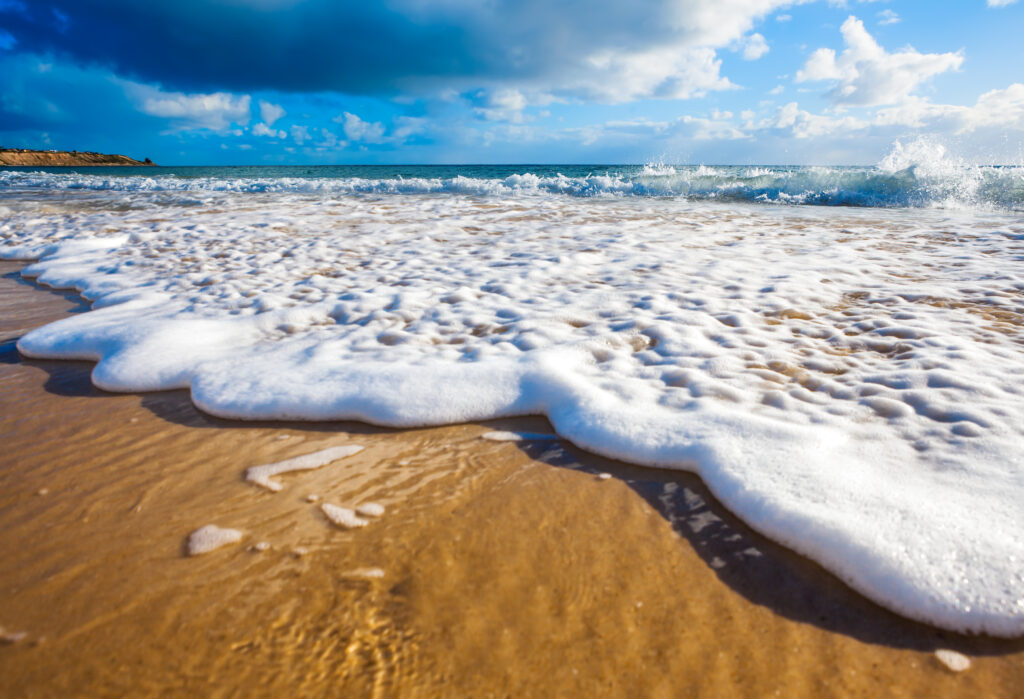Located in the southern hemisphere, Australia enjoys summer from December to February.
But, from the rainy north to the arid south, summer weather can look very different across the country.
To help you know what to expect, check out this handy guide to summer in Australia!
Regional weather breakdown
Sydney and Brisbane
Being in the subtropics, Sydney and Brisbane generally avoid the extreme weather of the tropics but still experience hot, humid summers.
Average summer temperatures range between 18°C and 25°C in Sydney and 21°C to 30°C in Brisbane, with high humidity making many days feel hotter. Summer also falls within storm season for both cities.
Melbourne, Adelaide, Canberra and Hobart
The centre and south of the country fall within the temperate zone and experience dry, warm summer weather.
Temperatures generally range from 14°C to 25°C in Melbourne, 16°C to 28°C in Adelaide, 12°C to 27°C in Canberra and a brisk 11.5°C to 21°C in Hobart.
While average temperatures are mild, it’s not uncommon for these areas to experience heatwaves.
Perth
West coast locals enjoy incredible summer weather that’s both hot and dry. On average, Perth temperatures range from 17.5°C to 30°C, and there’s very little rainfall.
Thankfully, you can expect a visit from the Fremantle Doctor — a cooling afternoon breeze from the ocean — to take the edge off those long, hot afternoons.
Northern Australia
If you’re in the Tropic of Capricorn, get ready to enjoy a truly tropical summer!
Average temperatures in Darwin span 24°C to 32°C and Cairns ranges between 23°C and 31°C. It’s very humid in the tropics, too, so it may feel even warmer!
Summer also falls within the wet season, which means you can expect lots of rainfall and tropical storms like monsoons.
Summer safety
Be sun smart
While summer is a great time to get out and about in the sun, it’s important to protect yourself from sunburn and skin cancer.
When heading outdoors, the Cancer Council Australia recommends you:
- Wear protective clothing, a hat and good-quality sunglasses
- Wear spf50 or above sunscreen and reapply every two hours
- Try to stay in the shade.
Beat the heat
Even if you’re out of the sun, extreme heat poses a real danger, especially to children, the elderly and pregnant people, or anyone who spends a lot of time outdoors.
On hot days, stay hydrated and cool and avoid strenuous exercise. Learn about the symptoms of heat illness, and don’t hesitate to seek medical care if needed.
Weather the storm
Storms and monsoons can also be dangerous, so seek out information from local sources on what to do and how to prepare.
In a thunderstorm, always seek shelter in a house, structure or car, and be careful to avoid standing under trees or in the open. If you experience flooding, don’t drive, walk or swim through floodwaters.
Making the most of your summer break
Now you know what to expect, it’s time to get stuck into your fun summer break!
When the weather is nice, why not head out to a local park for a picnic or some games, or go for a hike or a bike ride or grab your towel and make tracks to your nearest beach?
On warmer days, check out indoor activities that can keep you out of the heat. The movies are a great escape, or you can curl up with a book and an icy drink at a local cafe.
Whatever you do, make sure you keep up-to-date on your local weather conditions and plan accordingly so you can make the most of Australia’s amazing summer weather.


